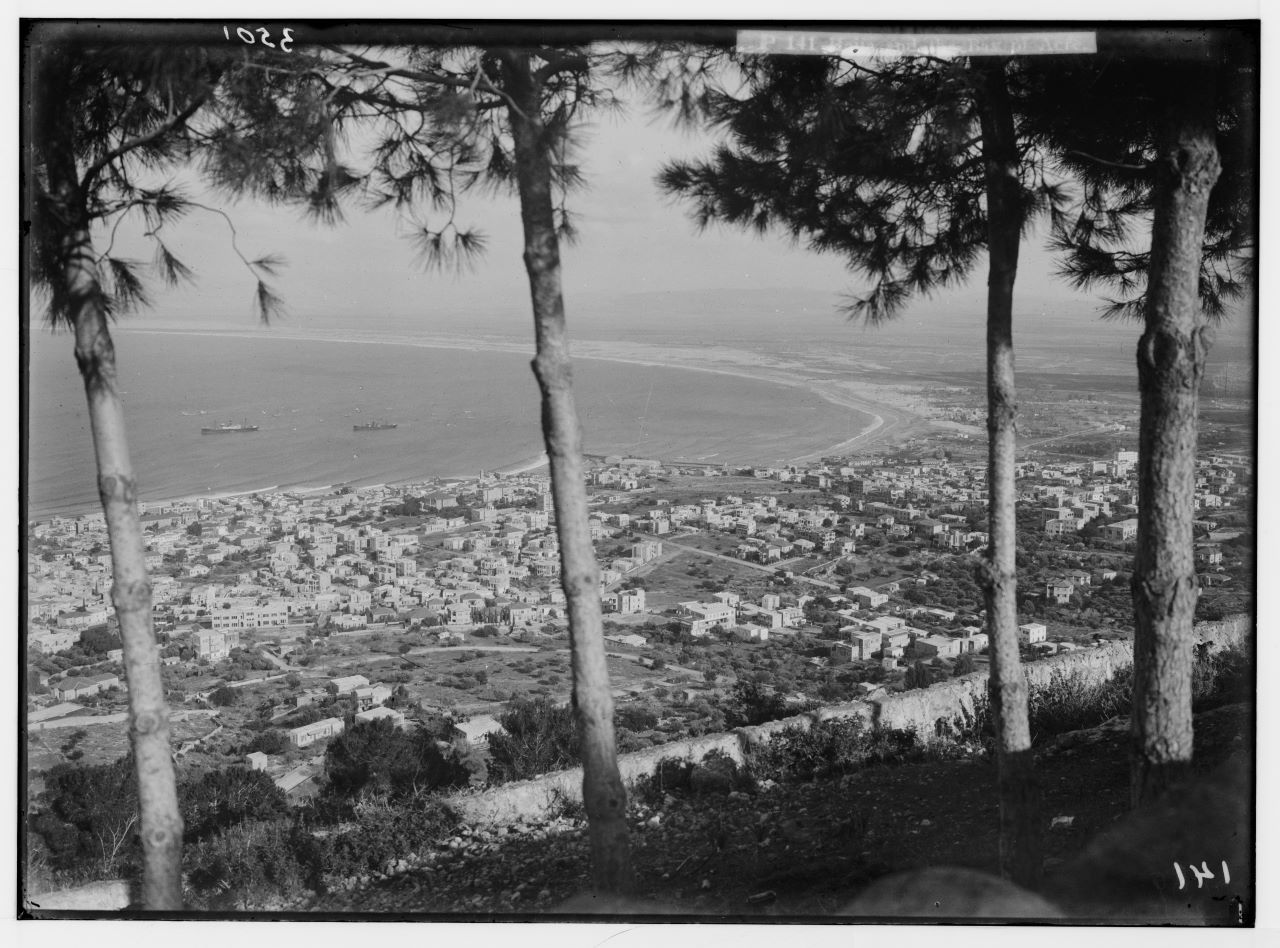The iconic Jaffa orange, which has come to be known around the world, originated in the city of Yafa in the 19th century. At the time, Palestinian farmers had developed an orange from a mutation near the city, and the fruit became incredibly popular due to how sweet it was and because it had few seeds.
The orange was named “Yaffa” after the city, but was originally known as the Shamouti, a variation of a variety known as Baladi. What made the oranges so groundbreaking at the time was their thick skin, which made them both easy to peel and perfect for export.

Since Yafa was already a well-established and strategically located trading port, it was easy to distribute and export the oranges around the world. The city quickly became synonymous with the orange because of how busy the port became in exporting the fruit.
Soon, the oranges and other citrus fruits from Yafa were found on shelves around Europe.
Despite many larger corporations profiting from the variation of orange, Palestinians remain proud of it, and remember the farmers who spent decades cultivating it.

For Palestinians, the orange has come to symbolise national identity, and is proof of the country’s vast and fertile agricultural land.
The fruit also sheds light on the long and successful agricultural history of Palestine, which many say has long been denied. Today, the Yaffa orange can be seen represented in Palestinian art and murals.




